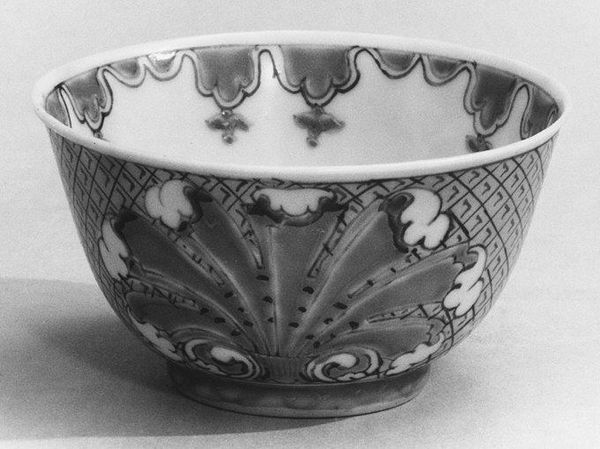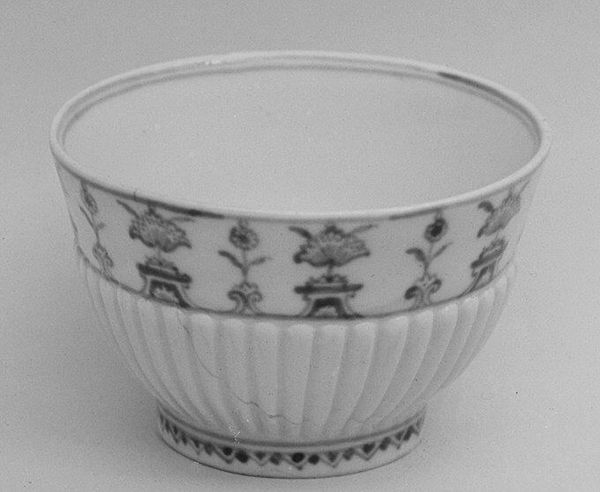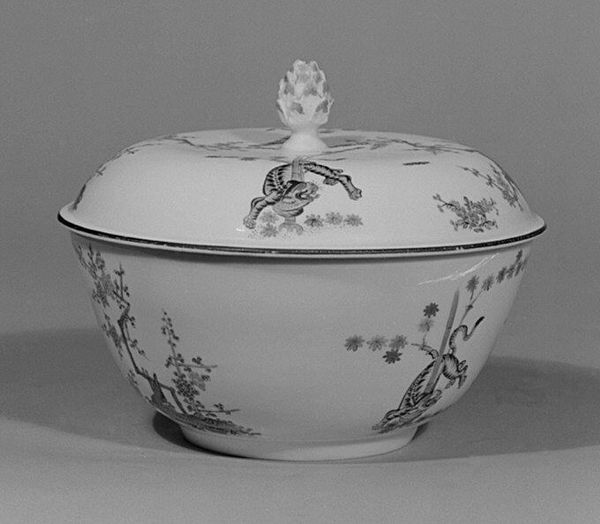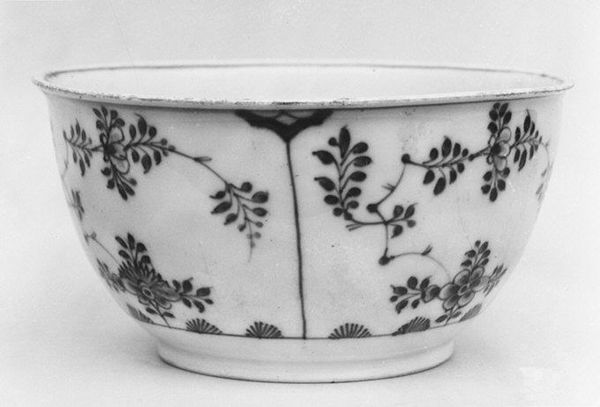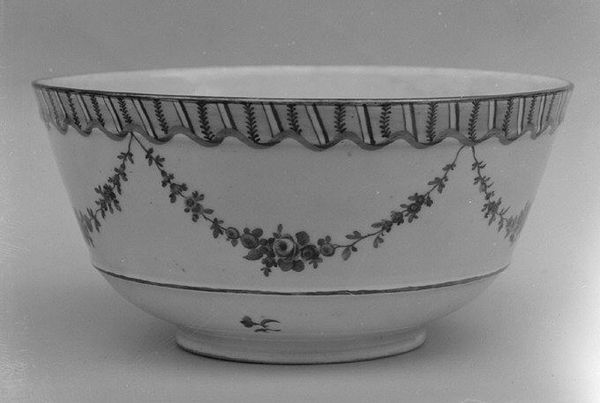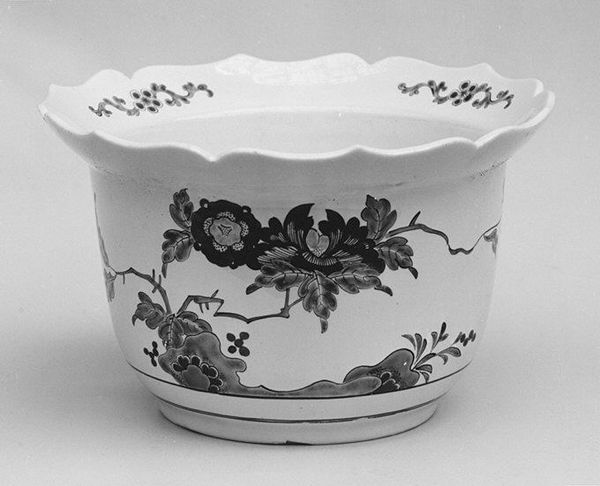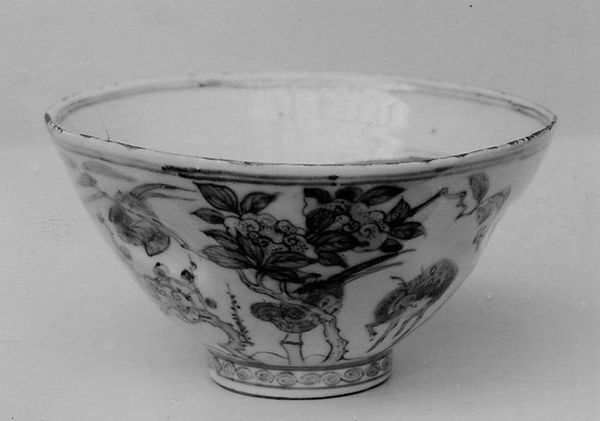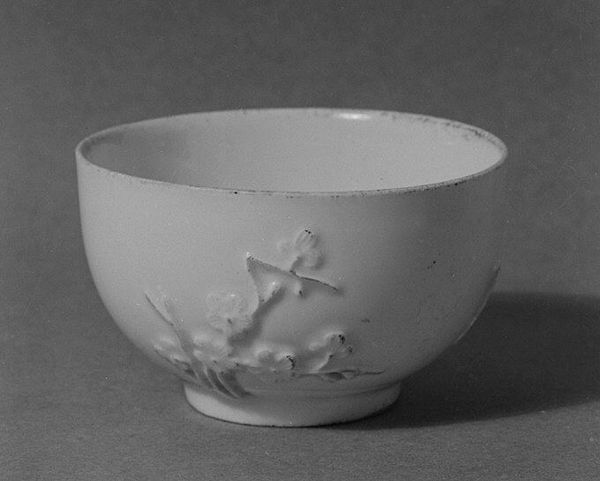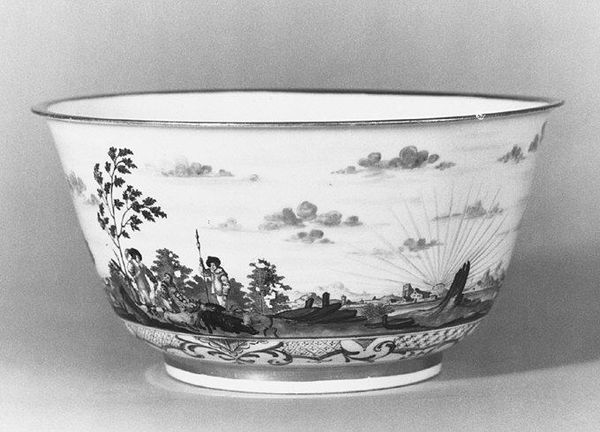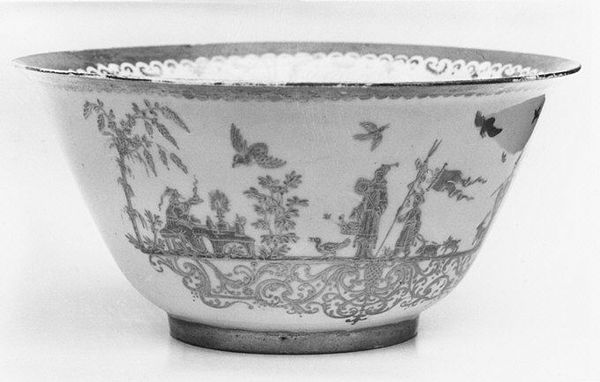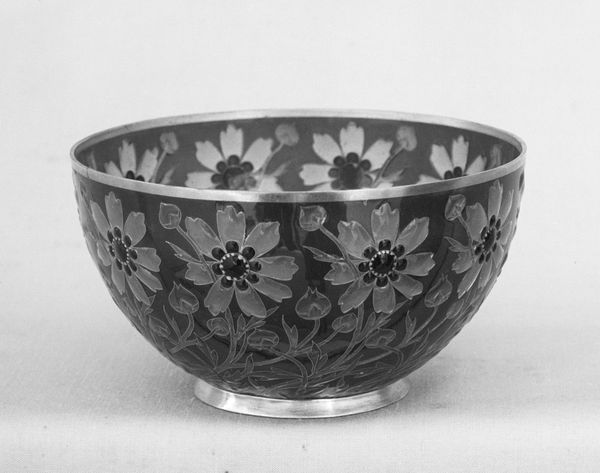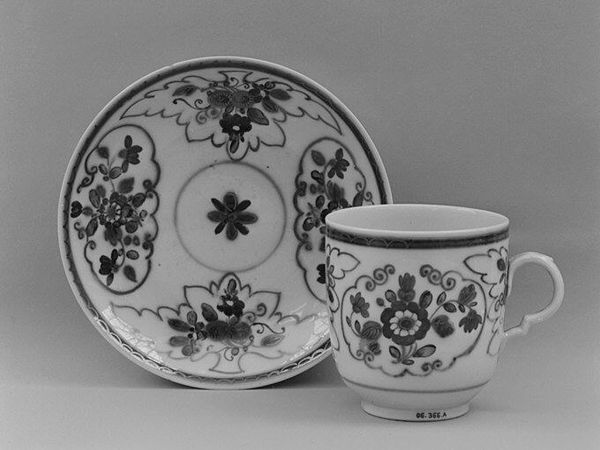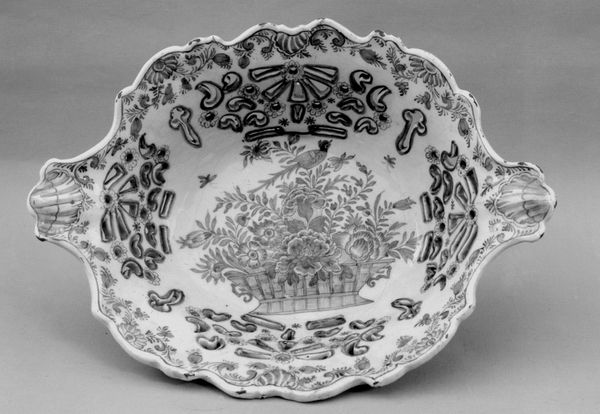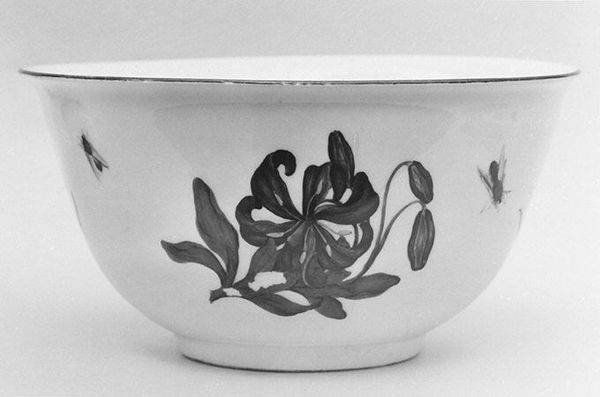
ceramic, porcelain, sculpture
#
ceramic
#
porcelain
#
sculpture
#
decorative-art
Dimensions: Diameter: 2 7/8 in. (7.3 cm)
Copyright: Public Domain
Editor: This is a porcelain cup, part of a service, created by Cornelis Pronk between 1735 and 1745. The decorative art style feels almost understated, and it's smaller than I imagined. What's your take on this piece? Curator: It’s interesting to consider this cup not just as an aesthetic object, but as a carrier of cultural meaning. Think about the 18th century: porcelain production was tied to global trade, colonialism, and power dynamics. This "understated" design, likely influenced by Chinese motifs, reflects Europe's fascination with the "Orient." Editor: So it's more than just a pretty cup? Curator: Precisely. The cup represents a moment of cultural exchange, but also cultural appropriation. Wealthy Europeans drinking from such cups participated in a system that extracted resources and labor from other parts of the world. It's a tangible object of early globalization and colonial desires. Do you see that grid-like pattern on the side, almost like netting? Editor: Yeah, it's faint. Curator: That symbolizes, perhaps unconsciously, how global networks were being constructed. And for whom? Editor: That context really shifts my perspective. I was focusing on the individual artistry, but seeing it as part of this larger history…it makes it more complex. Curator: Exactly. Recognizing the social and historical narratives embedded within even seemingly simple objects like this allows us to engage with history in a much more critical way. What have you discovered, ultimately? Editor: That art objects have political power, and that a cup can be an artifact of complex power dynamics.
Comments
No comments
Be the first to comment and join the conversation on the ultimate creative platform.
